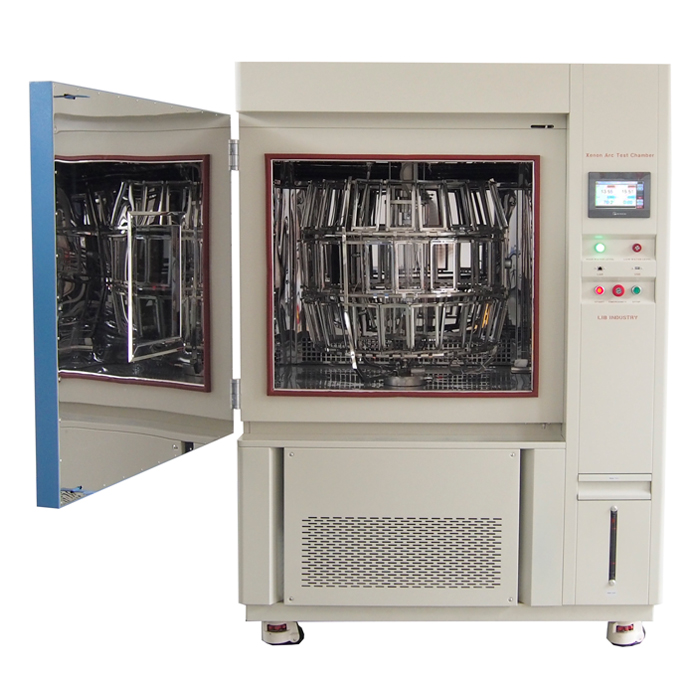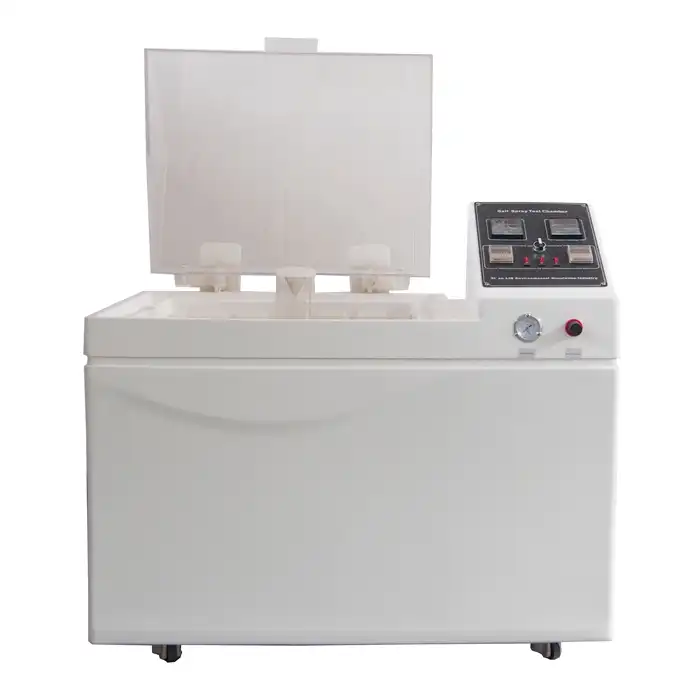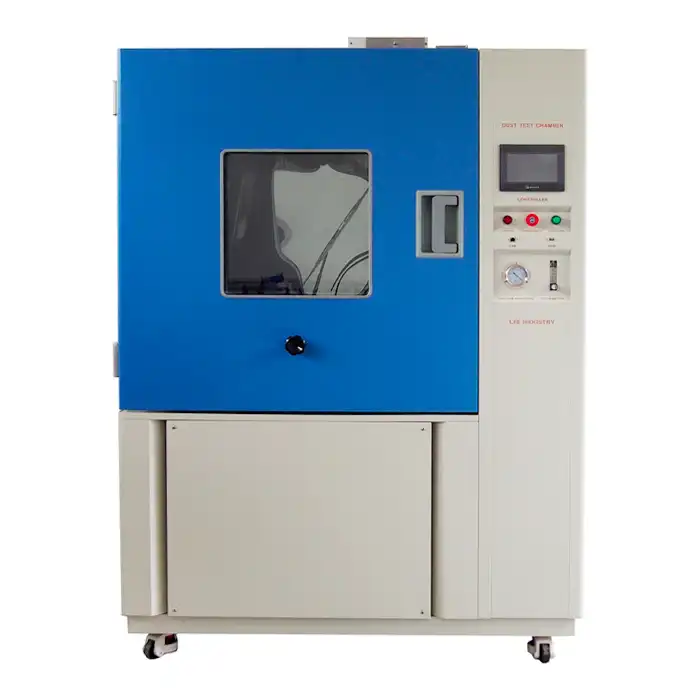What is the principle of thermal cycling?
Thermal cycling is a critical testing process used to evaluate the durability and reliability of materials and products under fluctuating temperature conditions. This method is essential in various industries, including electronics, automotive, aerospace, and manufacturing, where products are often exposed to extreme and changing temperatures. In this article, we will delve into the principle of thermal cycling, the processes involved, and the role of thermal cycling chambers in executing these tests.
Understanding Thermal Cycling
Thermal cycling involves subjecting a material or product to a series of temperature variations, typically between high and low extremes, to simulate the conditions it might encounter during its lifecycle. The primary goal is to identify any weaknesses or failures that might occur due to thermal stress. This testing helps manufacturers ensure that their products can withstand real-world conditions without compromising performance or safety. The process of thermal cycling includes:
Heating Phase
The sample is gradually heated to a predetermined high temperature during this phase. The pace of warming can shift contingent upon the material and the prerequisites of the test. The sample can experience thermal expansion as a result of this controlled heating, which can reveal any construction or material flaws.
Soaking Phase
When the example arrives at the high temperature, it is held there for a set period. This drenching stage guarantees that the intensity infiltrates completely into the material, considering a uniform temperature dissemination. The term of this stage can be basic, as it guarantees that the material is exposed to the warm pressure to the point of recreating certifiable circumstances.
Cooling Phase
After the drenching stage, the example is quickly cooled to a low temperature. This quick cooling can cause warm compression, which, when joined with the past development, can make stresses inside the material. This stage is pivotal for testing the material's versatility and recognizing any potential issues like breaks or delamination.
Re-soaking Phase
Like the dousing stage at high temperature, the example is held at the low temperature for an assigned period. This stage permits the material to balance out at the low temperature, guaranteeing that any impacts of warm constriction are completely understood.
These phases are repeated in thermal cycling chamber, and the number of cycles depends on the specific test requirements. The repeated heating and cooling help to simulate the thermal stresses that a product might encounter throughout its lifecycle, providing valuable insights into its durability and reliability.
The Role of Thermal Cycling Chambers
Thermal cycling chambers are specialized equipment designed to perform thermal cycling tests. They offer precise control over temperature variations, ensuring that the test conditions are consistent and repeatable. These chambers are equipped with advanced features to meet the stringent standards required for reliable testing. The key features of thermal cycling chambers as follow:
Temperature Control
Thermal cycling chambers are designed to accurately control temperature ranges from extremely low to high temperatures. This precise temperature control is essential for simulating real-world conditions that products might encounter during their lifecycle. The ability to control temperatures accurately ensures that the test results are reliable and reflect the product's performance under varying environmental conditions.
Uniformity and Stability
One of the critical aspects of thermal cycling tests is maintaining uniform temperature distribution and stability throughout the testing process. Thermal cycling chambers are engineered to ensure that all parts of the sample are subjected to the same temperature conditions. This uniformity is vital for providing consistent results, as it eliminates any temperature gradients that could lead to uneven thermal stresses and unreliable data.
Rapid Transition
In many real-world scenarios, products experience rapid temperature changes. Thermal cycling chambers are capable of quickly transitioning between temperature extremes, simulating these rapid changes effectively. This capability is crucial for evaluating how products respond to sudden thermal shocks, which can be a common occurrence in various applications, especially in the aerospace and automotive industries.
Data Logging and Monitoring
Advanced thermal cycling chambers come equipped with data logging and monitoring capabilities. These features allow technicians to track critical parameters such as temperature changes, cycle counts, and duration of each phase. The ability to log and monitor data in real-time is invaluable for analyzing test results, identifying potential issues, and making informed decisions. Detailed records of the testing process also provide documentation that can be used for quality assurance and compliance purposes.
Applications and Standards in Thermal Cycling
Thermal cycling is employed across a variety of industries to assess the durability and performance of materials and products under conditions of temperature fluctuation. These tests are essential for ensuring that products can endure real-world environmental changes without compromising functionality or safety. Here are some of the key applications and standards using thermal cycling chamber:
Applications of Thermal Cycling
- Electronics: Thermal cycling tests are crucial for electronic components to ensure they can withstand temperature fluctuations without failure. This is particularly important for components used in automotive and aerospace applications, where reliability is paramount.
- Automotive: In the automotive industry, thermal cycling tests are used to evaluate the performance of components such as engine parts, sensors, and electronic systems. These tests help ensure that vehicles can operate reliably in diverse environmental conditions.
- Aerospace: Aerospace components are subjected to extreme temperature variations during flight. Thermal cycling tests help manufacturers verify that these components can endure the harsh conditions of space and high-altitude environments.
Standards and Protocols
Various standards and protocols guide thermal cycling tests to ensure consistency and reliability. Some widely recognized standards include:
- MIL-STD-883: MIL-STD-883 is a standard developed by the U.S. Department of Defense that provides test methods for microelectronic devices. This standard includes procedures for thermal cycling tests to evaluate the durability of electronic components used in military and aerospace applications.
- IEC 60068-2-14: The International Electrotechnical Commission (IEC) developed the IEC 60068-2-14 standard, which outlines environmental testing procedures for electronic products. This standard includes methods for conducting thermal cycling tests to assess how electronic devices perform under temperature variations.
- JEDEC JESD22-A104: JEDEC, the global leader in developing open standards for the microelectronics industry, created the JESD22-A104 standard. This standard specifies thermal cycling test procedures for semiconductor devices. It helps manufacturers evaluate the reliability of semiconductor components, such as integrated circuits and transistors, by subjecting them to repeated temperature cycles.
Conclusion
Thermal cycling is a vital testing process that helps ensure the durability and reliability of materials and products exposed to fluctuating temperatures. Thermal cycling chambers play a crucial role in this process by providing precise control over temperature variations, ensuring consistent and repeatable test conditions. By understanding the principles and applications of thermal cycling and buying thermal cycling chambers, manufacturers can improve the performance and safety of their products, ultimately providing customers with higher quality and reliability.
For more information on thermal cycling chambers and how they can benefit your testing processes, please contact us at info@libtestchamber.com. Our team at LIB Industry is dedicated to providing comprehensive solutions for all your environmental testing needs.
References
1. U.S. Department of Defense. (2023). MIL-STD-883: Test Method Standard for Microcircuits.
2. International Electrotechnical Commission. (2022). IEC 60068-2-14: Environmental Testing – Part 2-14: Tests – Test N: Change of Temperature.
3. JEDEC Solid State Technology Association. (2021). JESD22-A104: Thermal Cycling.
4. Harper, C. A. (2019). Thermal Cycling in Electronics Reliability Testing. Journal of Electronics and Communication Engineering, 35(4), 467-480.
5. Smith, J. R., & Walker, T. P. (2020). Automotive Component Testing Using Thermal Cycling. Automotive Engineering Journal, 58(2), 123-136.



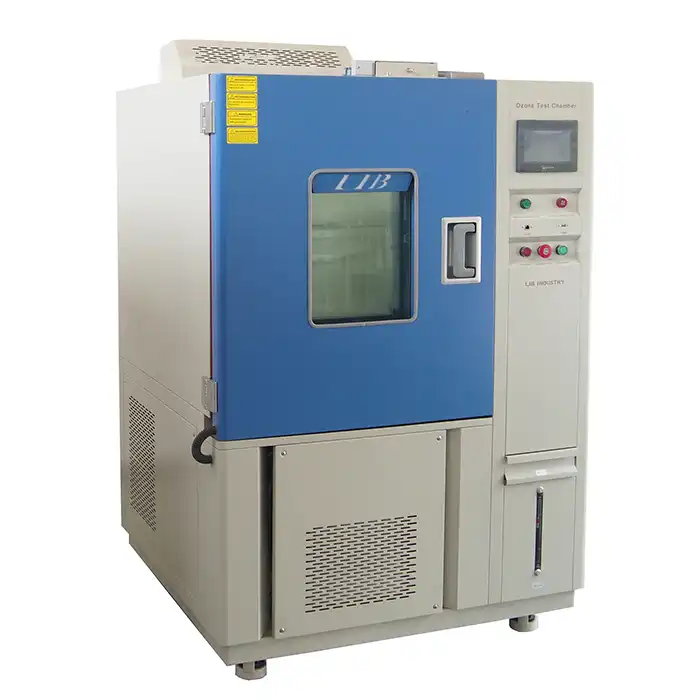
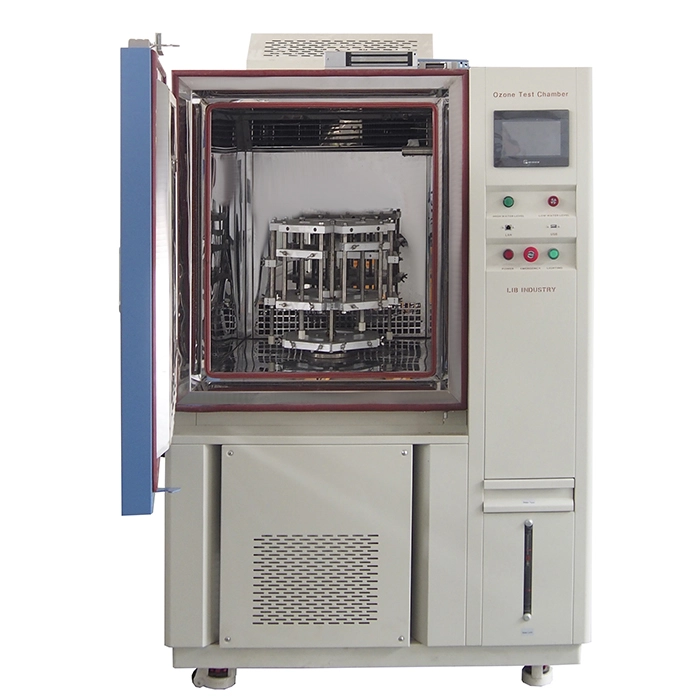
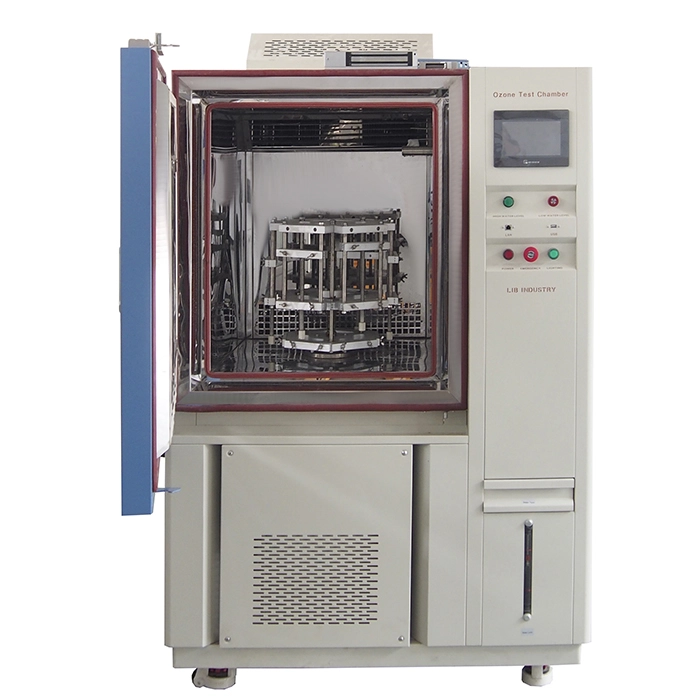
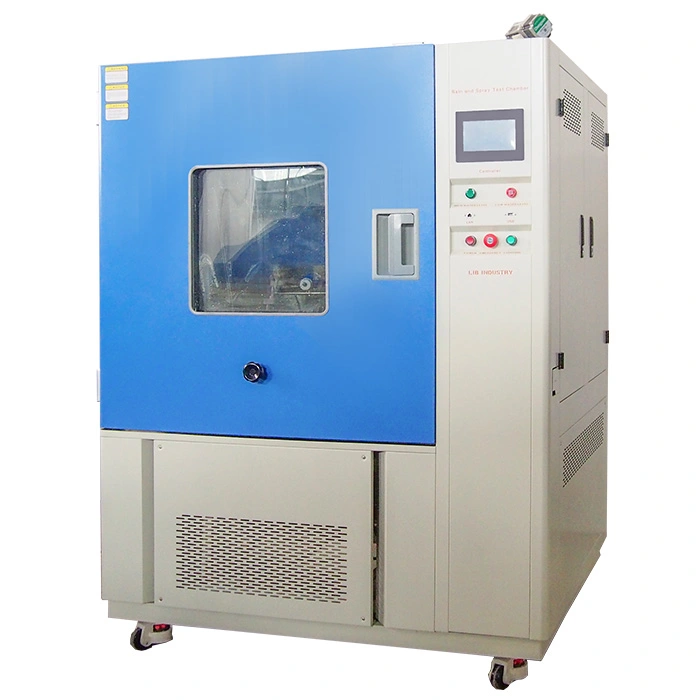
.webp)
